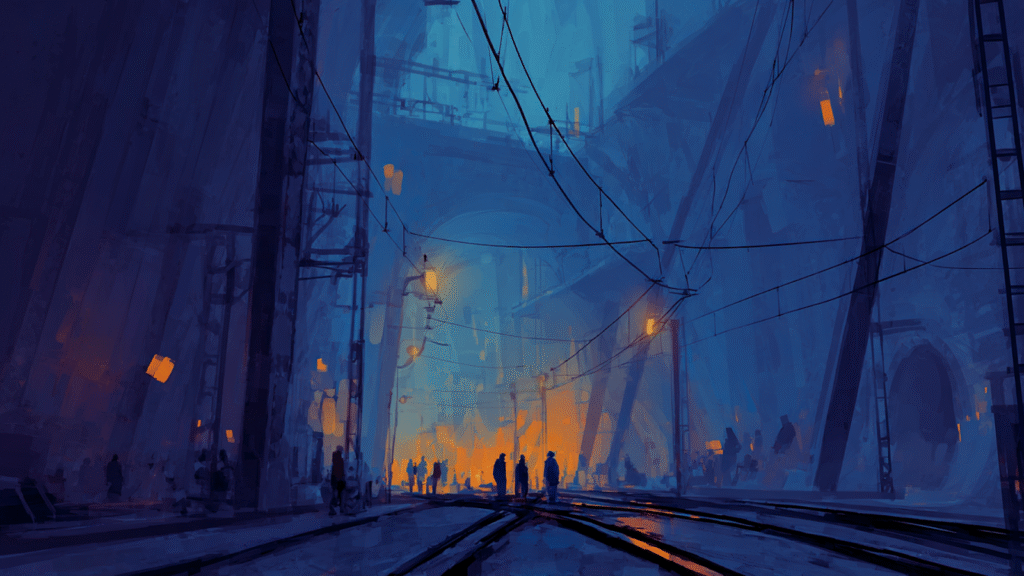
History has a funny way of remembering the noise and forgetting the wiring.
If you look back at the Chicago World’s Fair in 1893, the history books will tell you about the spectacle. They will describe the pristine, white neoclassical buildings and the Ferris Wheel glowing against the night sky, a carnival of light that left visitors weeping in the streets. It was magic. It was loud. It was the first time many Americans saw electricity not as a scientific curiosity, but as a force of nature tamed for human delight.
But the real story wasn’t the lights. It was the tunnels underneath them.
While the crowds stared up at the bulbs, a quiet army of engineers was underground. They were solving the boring, ugly, critical problems of voltage regulation and safety standards. They were figuring out how to stop the wires from catching fire. They were writing the code of the modern world in copper and rubber. The fair ended, and the lights went out, but those tunnels remained. They became the blueprint for how we power the planet today.
We are living through a similar moment in the evolution of this industry.
For the last few years, this ecosystem has been nothing but the World’s Fair. It has been a cycle of fireworks, massive stages, viral moments, and the kind of noise that sucks the air out of the room. We built digital colosseums and filled them with speculation. It was exciting. It was dangerous. It was necessary to get the world’s attention.
But if you listen closely, the frequency has shifted. The carnival music is fading, replaced by the rhythmic thud of heavy machinery.
We are entering the era of the tunnels.
This is the phase where the technology stops trying to impress you and starts trying to disappear. It is no longer about the loudest transaction. It is about the one you didn’t even know happened. We are seeing the construction of invisible rails and the quiet, dry ink of regulatory permission slips that allow the biggest institutions in the world to open their vaults to assets they once mocked.

It isn’t sexy work. You do not put a standardized banking protocol on a billboard. You do not make a viral video about encryption algorithms or economic feedback loops. These are not things that scream for attention. They are things that simply work.
And that is the point.
When a technology truly matures, it becomes boring. You do not think about how the internet works when you send an email; you simply hit send. You do not marvel at the combustion engine when you drive to the store; you turn the key. We are watching the ecosystem shed its novelty and put on its work boots. It is moving from the creation phase, where we just threw things at the wall to see what stuck, to the utilization phase, where we figure out how to actually live inside the house we built.
The stories we explore in this edition are not about the fireworks. They are about the wiring. They are about the moments where the impossible becomes the standard, and where the barriers to entry dissolve so completely that we forget they were ever there.

We are watching the construction of a new economy. It is a shift from the loud, fragile systems of the past to something quieter, darker, and infinitely more durable. This convergence, where the quiet code of developers meets the dry ink of regulators and the real habits of consumers, is the Nexus. It is the point where the tunnels finally connect to the grid.
The fairgrounds are emptying, but the grid is finally live. We are trading the flash of the fireworks for the steady hum of the generator.
Welcome to the nexus. The view from here is complicated, urgent, and full of possibility. Time to build.